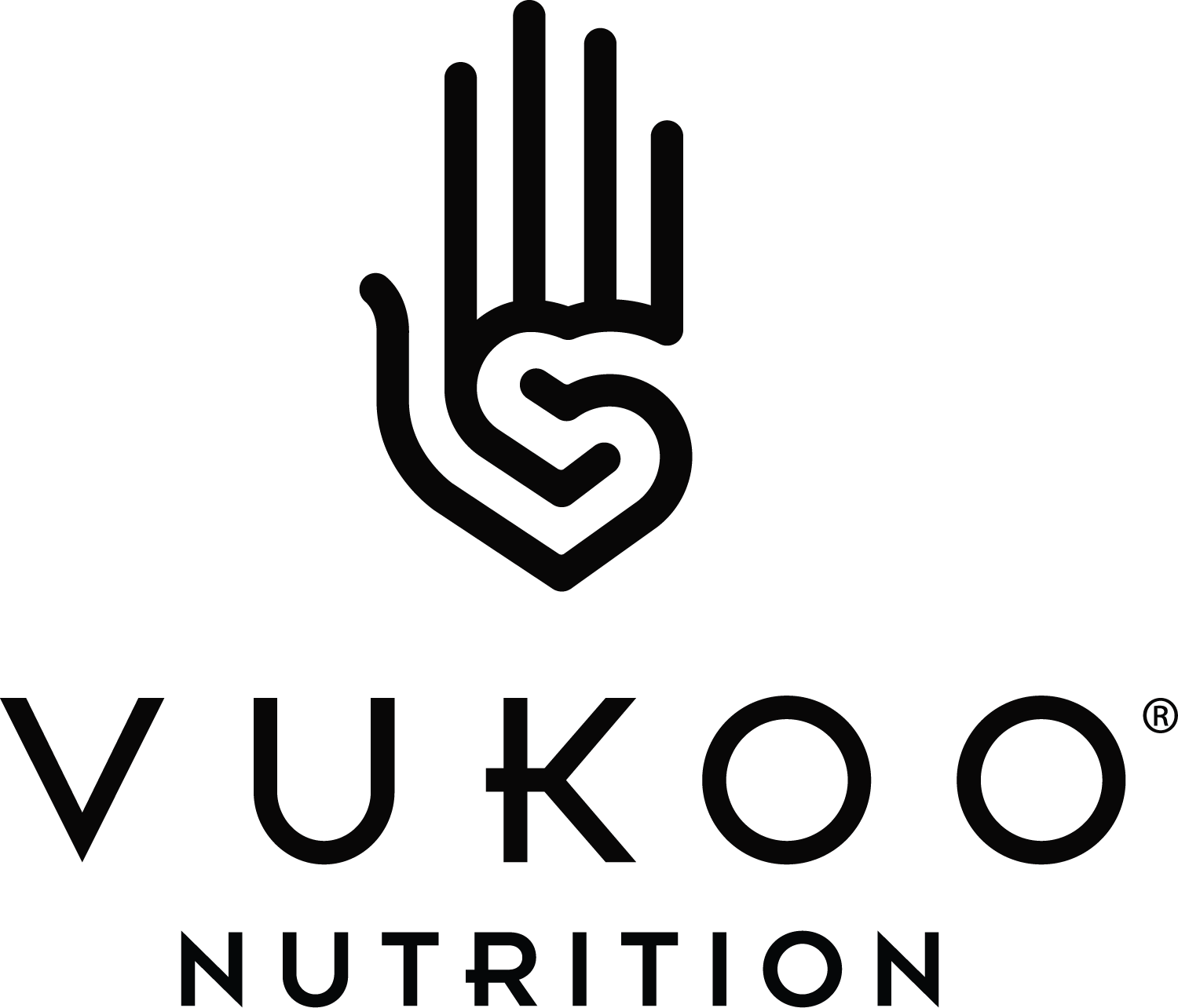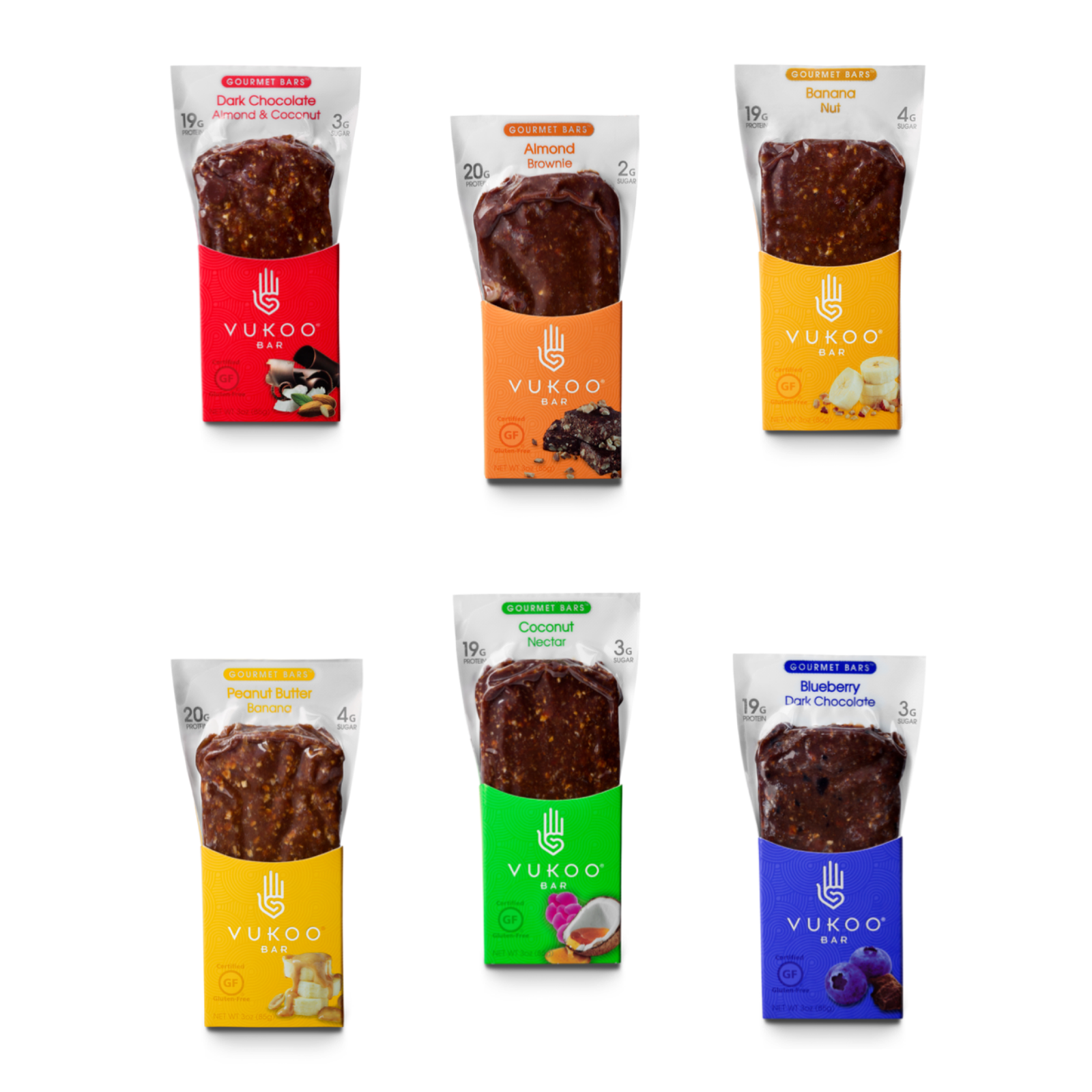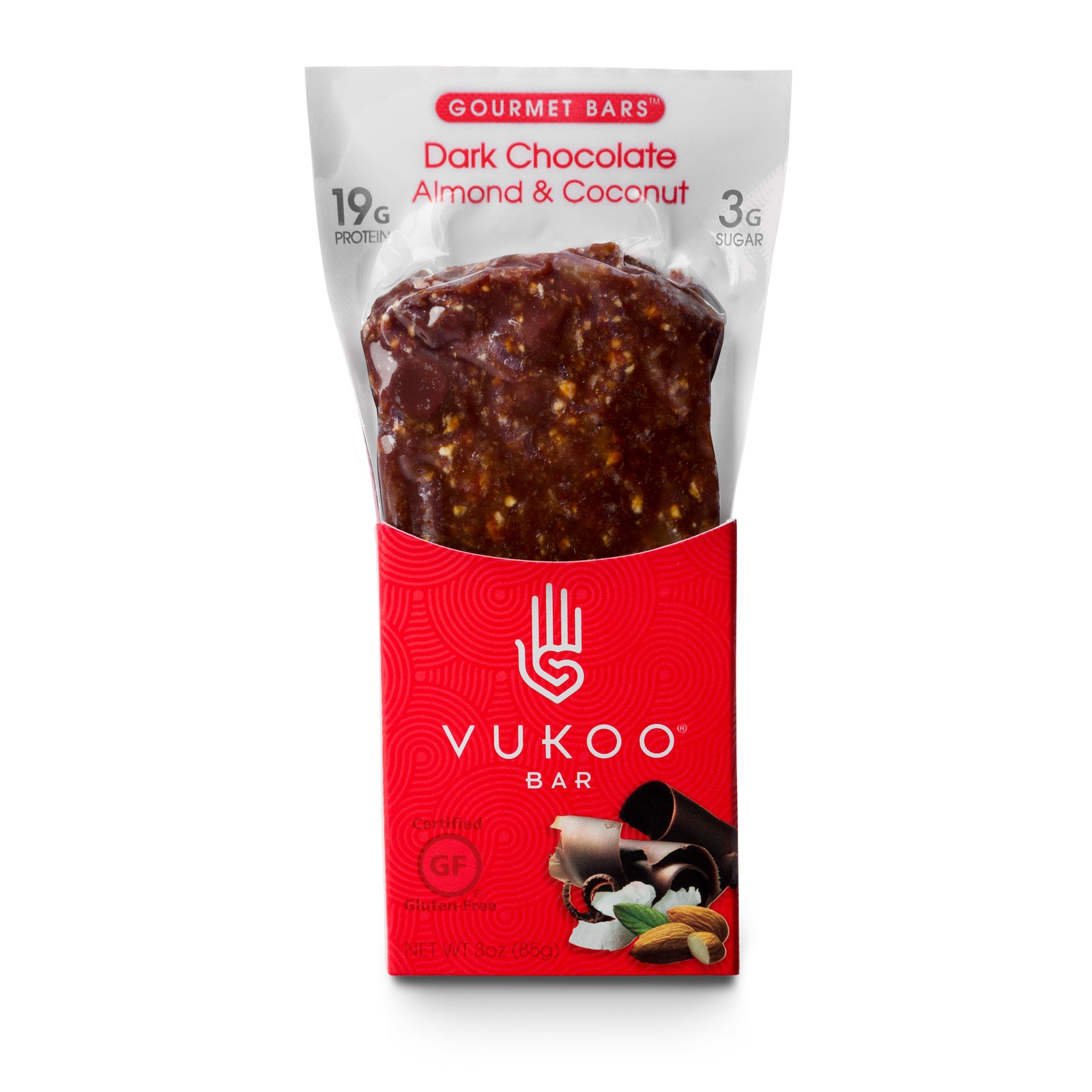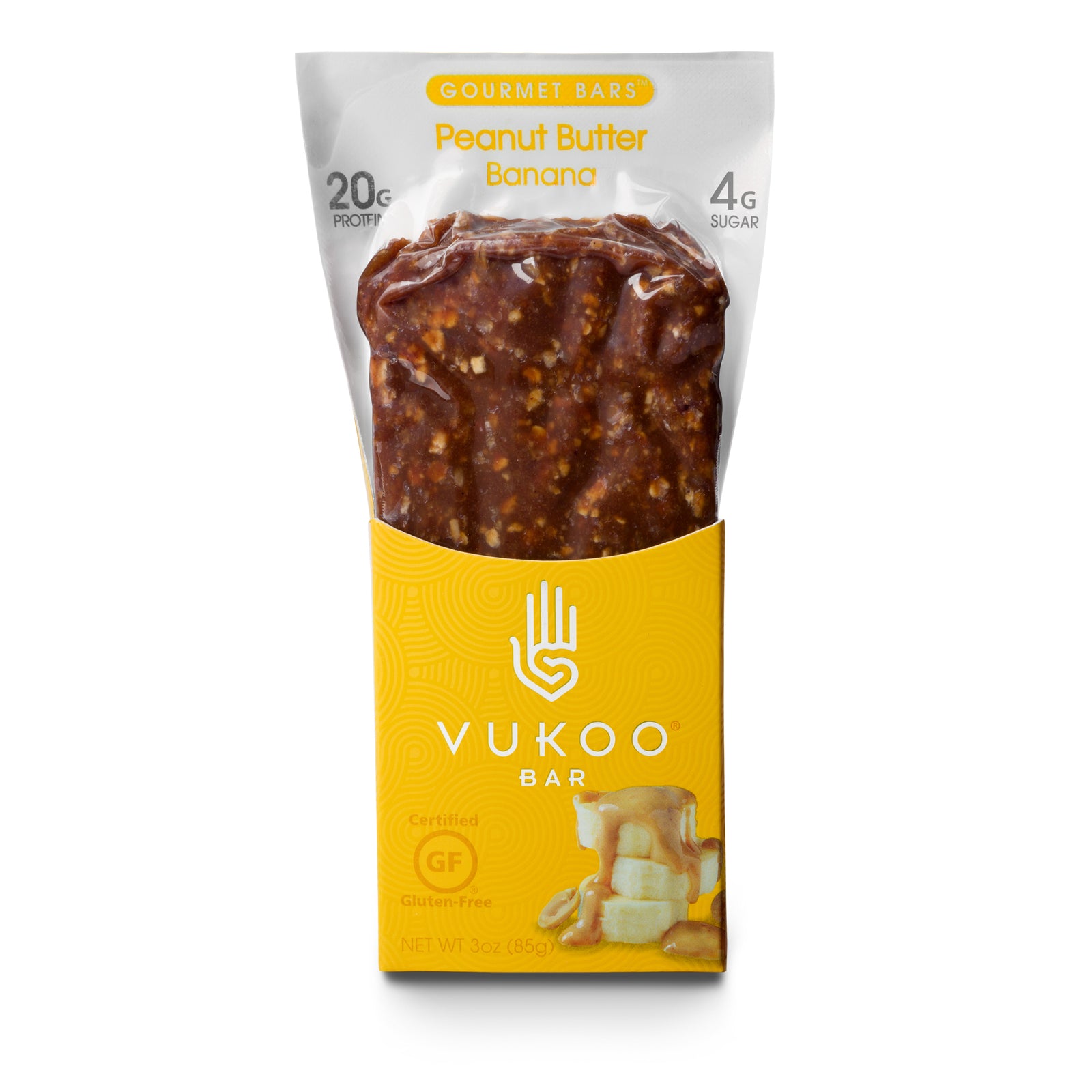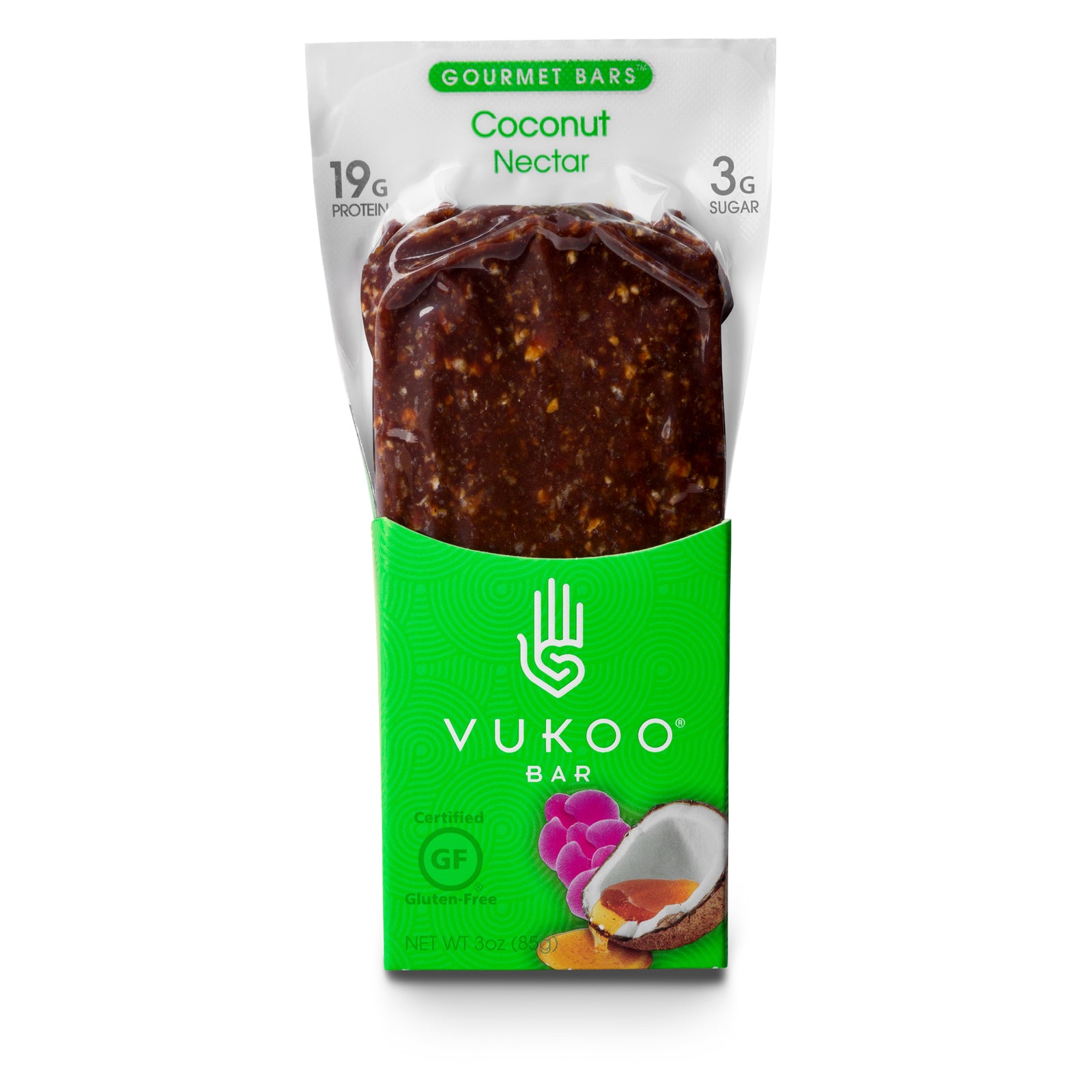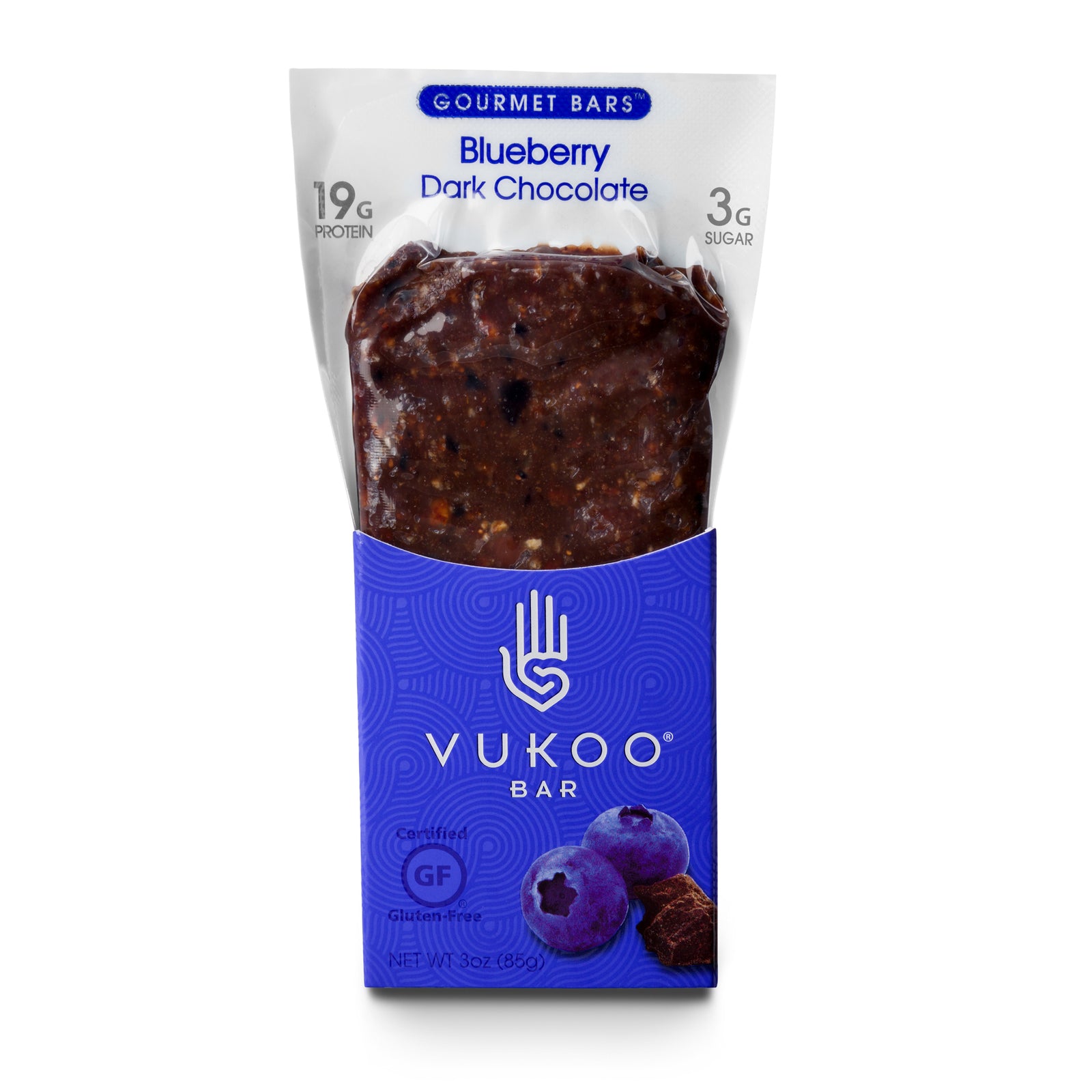We love convenience in this fast-paced world we live in, don’t we? It’s 2016, we’re busy and constantly on-the-go. And, if it’s not convenient, it’slikely not, er a whole lot less likely to happen. Our diet is no exception.
Enter:convenience eating. Just take a look at grocery store shelves; ‘that’ is convenience. ’That’ is also likely packaged, non-perishable (this is NOT a good thing) and laden with unhealthy fat, sugar and cals (also, chemicals) that we don’t need. In other words, highly processed. But you know what else is convenient? Real food fuel in bar form.
I recently polled my Instagram following, asking what they look for in a protein bar. Because while I don’t like to rely on protein bars (a la JERF), I do believe that they can help us stay prepared in those times when real food is not an option. And so, I recommend them, but with a caveat:be a gluten-free protein bar snob.
I digress. Back to the results of this poll. Everyone had their faves, of course, but the response was unanimous: people are looking forflavor without compromiseakaquality.
People don't want junk; no additives, chemicals, fillers or tough-to-pronounce [often] toxic ingredients. They want something gluten- and soy-free, high in both protein and fiber, low in sugar and no weird textures or aftertastes. Vukoo is all those things… and more:
- Gluten-free
- > 19g high-grade whey protein (per bar)
- Soy-free
- Lactose-free
- 10+ g fiber (per bar)
- [Added] sugar- and sweetener-free
That covers the basics in terms ingredients, but with literally hundreds of options available to us on the market today, how do we choose? I mean, Paleo-, low/no sugar- and raw food bars all sound great… “healthy,” no? And while there are exceptions to the rules, of course, these options are also often way too high fat, too low protein, make you want to gag or some terrible combination three. Whatever you choose, realize thatnot all are created equal. Most gluten-free protein bars are really just glorified candy bars. So please, read your labels.
If you don’t know where to start, I’ve gotcha covered. My friends over at Metabolic Effect (ME) created the ME Label Rule, which can be conveniently used for a gluten-free protein bar, or anything with a label (per one serving), to decide whether it’s a good choice for fat loss*. It’s a simple little equation that goes a little something like this (and one that I highly reco you learn):

Total Carbs - Sugar Alcohols - Fiber - Protein
- Should be less than or equal to 10
- The lower the number the better
- Fat grams <15
- Total sodium <200
This formula takes into account protein to carb ratios, and assesses a food’s effectiveness in keeping your hunger, energy and cravings balanced.
Why does this matter? When these things are balanced, your hormones are balanced and when your hormones are balanced, the calories you take care of themselves. Obviously, this can dramatically impact your ability to maintain a lean physique and/or achieve your fat loss goals.
For your convenience (pun intended), I’ve subjected the bars to this very equation and the results are in: ME Label Rule wins, all-around!
BIYU = 9
NEGU = 5
SIGBU = 7
So, in the event that your current fave didn’t score so hot, and you’re in the market for a more waistline-friendly option, that aligns with your health/wellness intentions and doesn’t compromise taste, rest assured you’re safe with us.
What do you look for in a protein bar? How does your current fave score? Let us know on ourFacebook page, or tag us onInstagram in a pic of you with your faveVukoo bar! More questions about hormonal carbs and reading labels? Ask themhere!
*Please note that when I say ‘fat loss,’ I do not mean mean that we are losing fat 24/7 - that is neither realistic, nor health. It just means we are eating, exercising and living in a way that creates a hormonal environment in our bodies that promotes the burning, not storage of fat.
"Reading a Label: How-To Choose a Gluten-Free Protein Bar"; by Vukoo®

